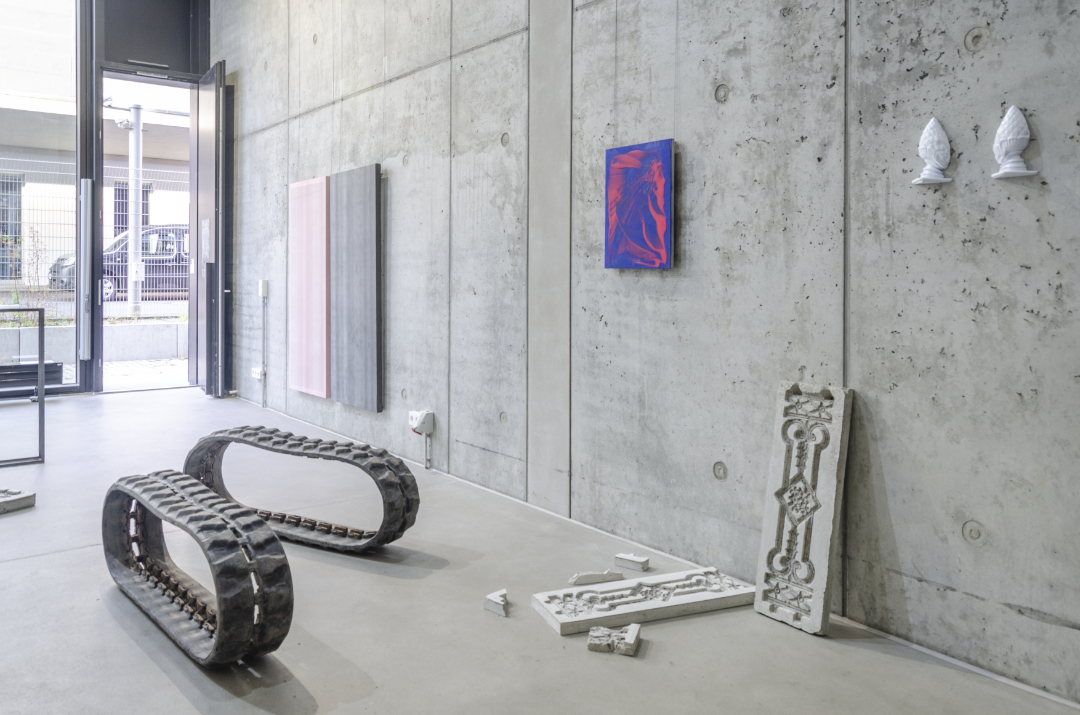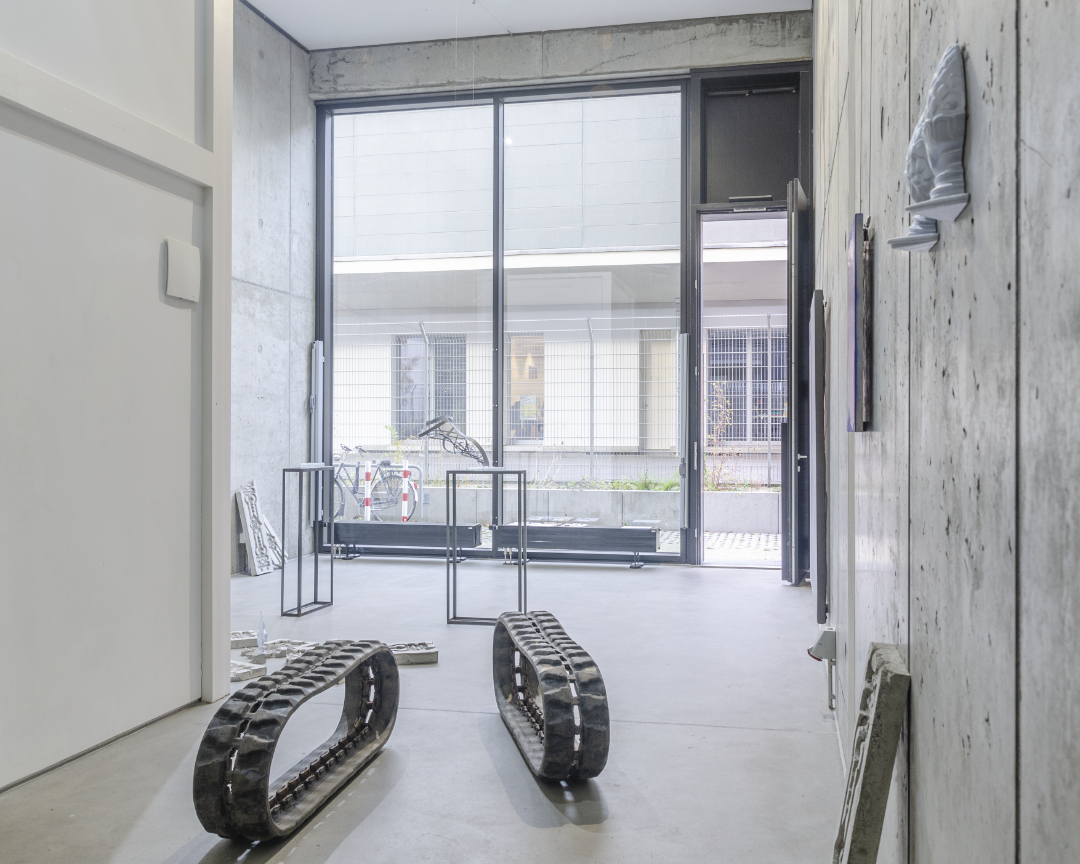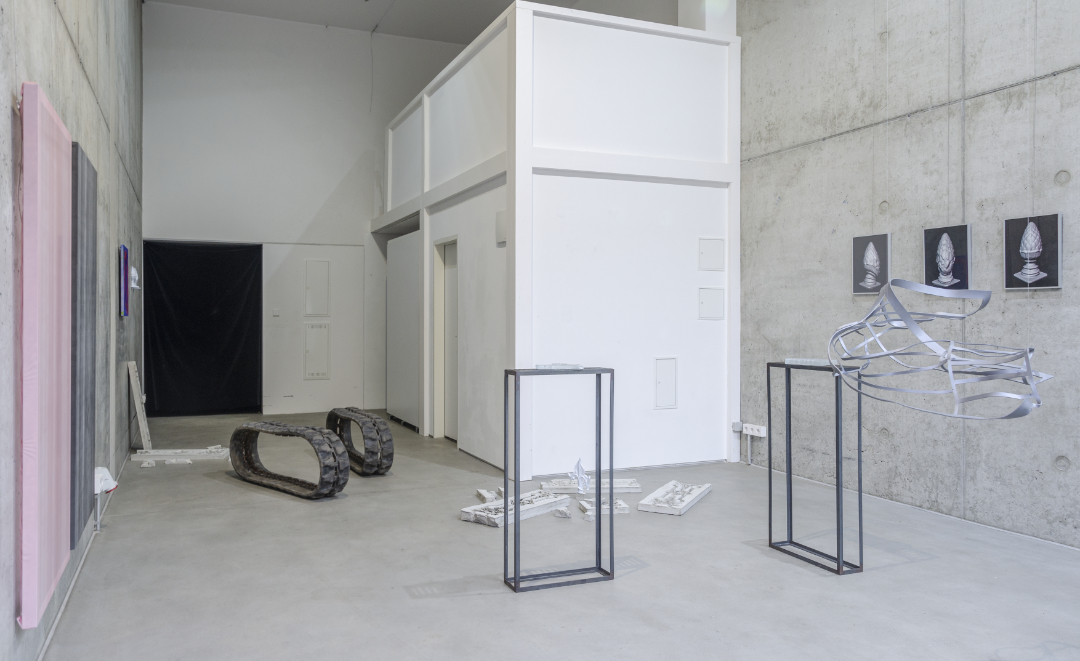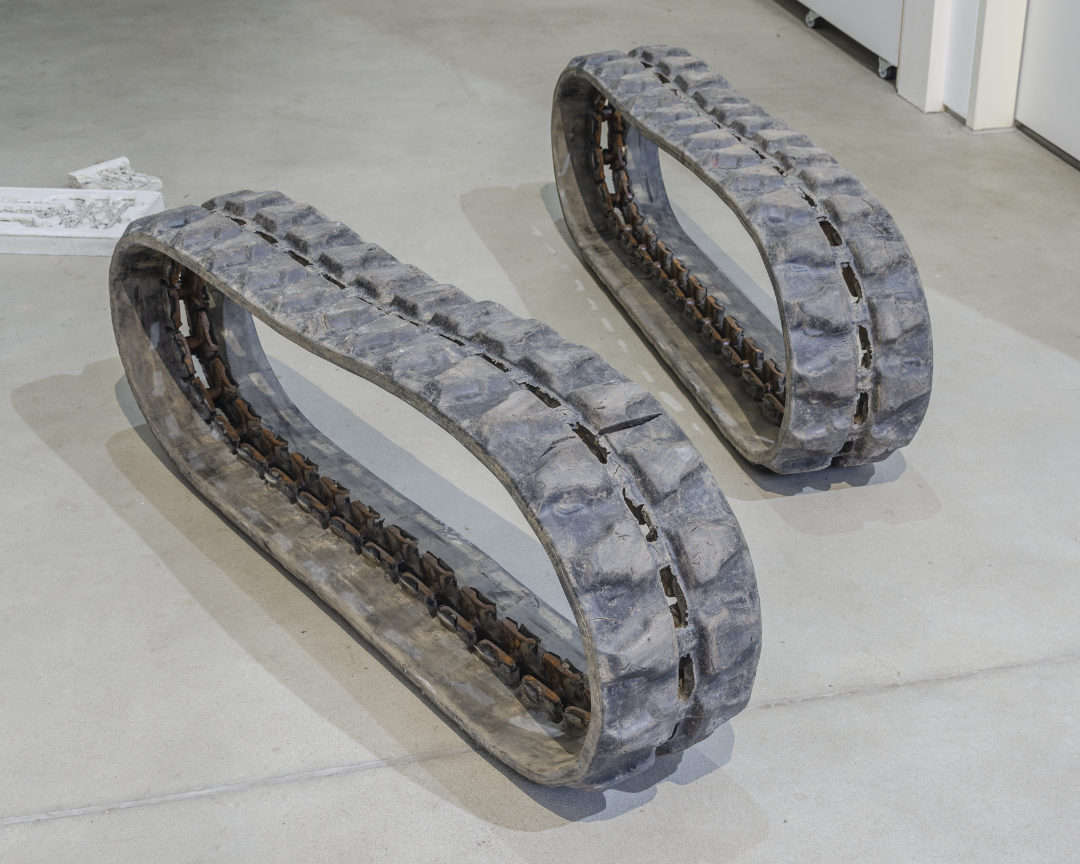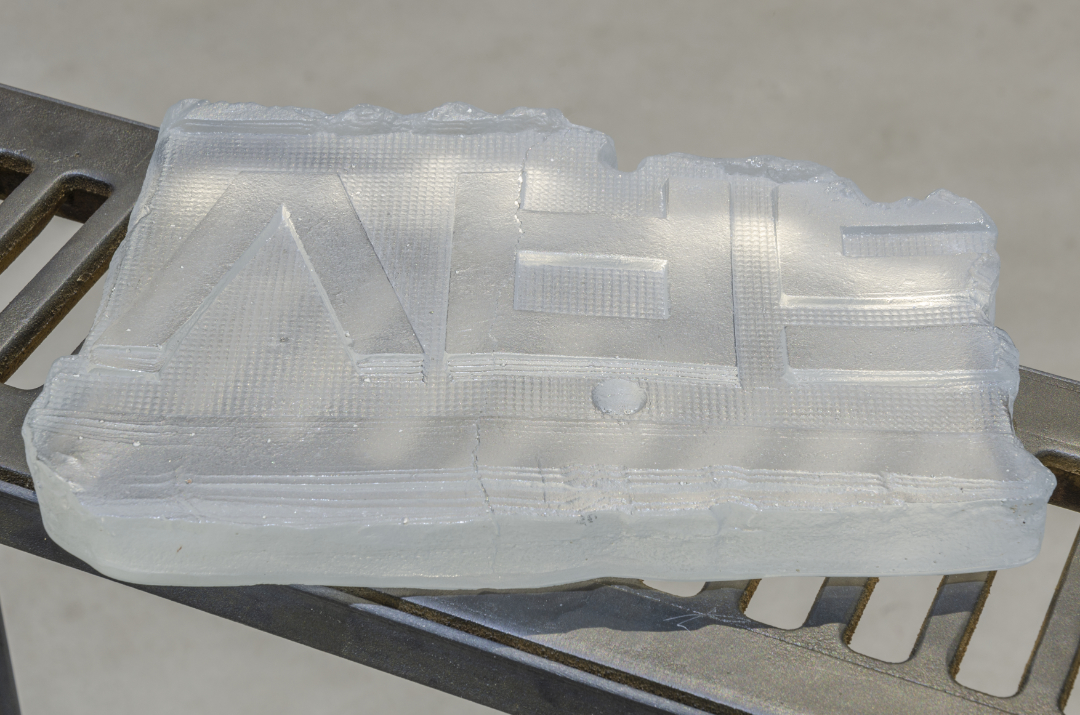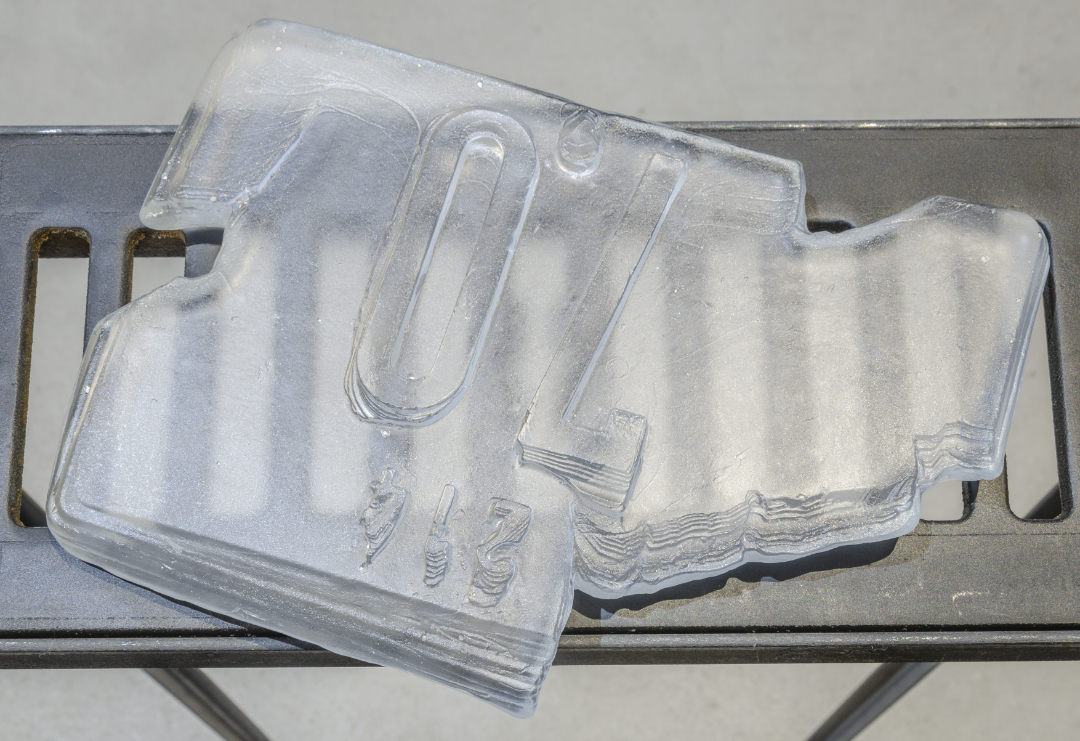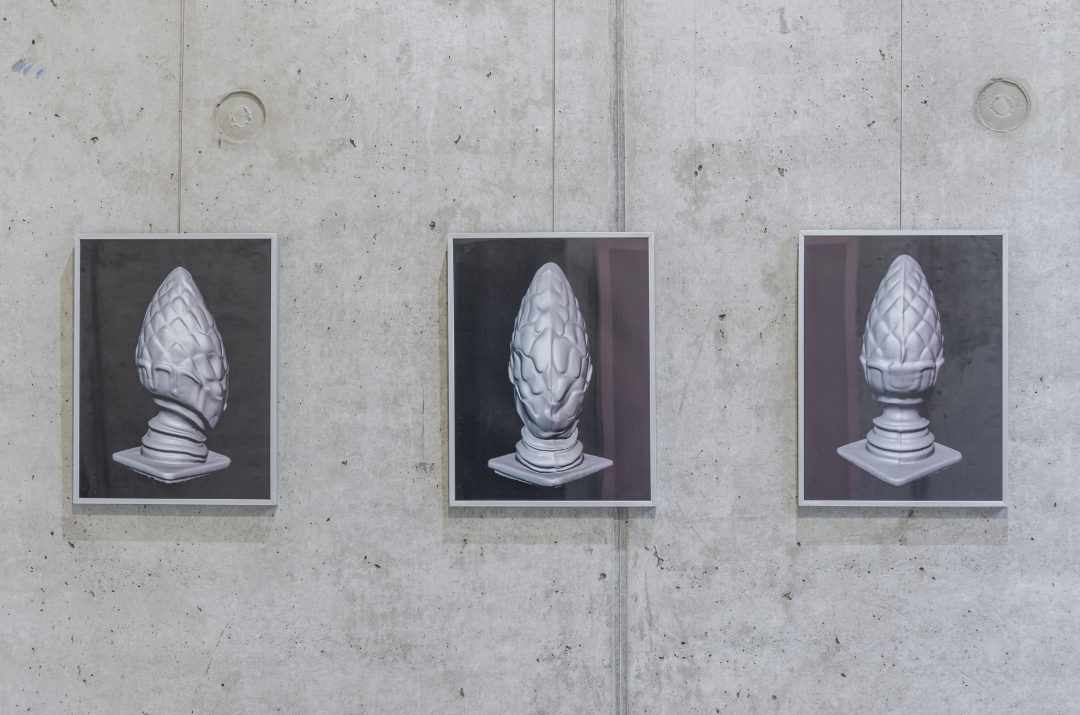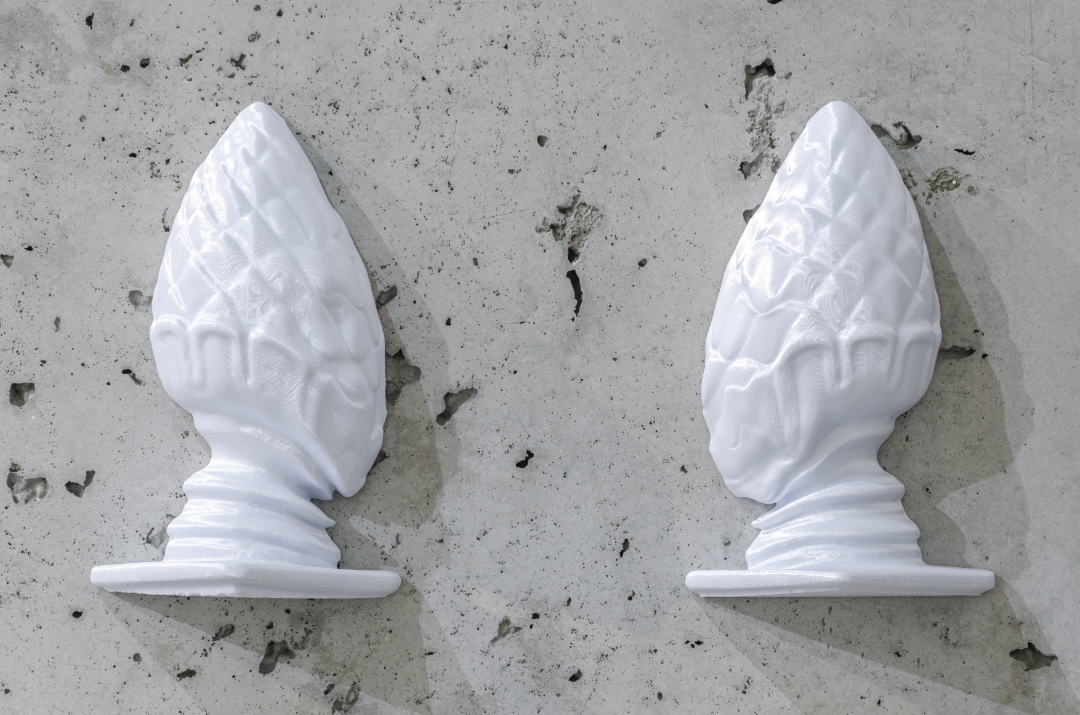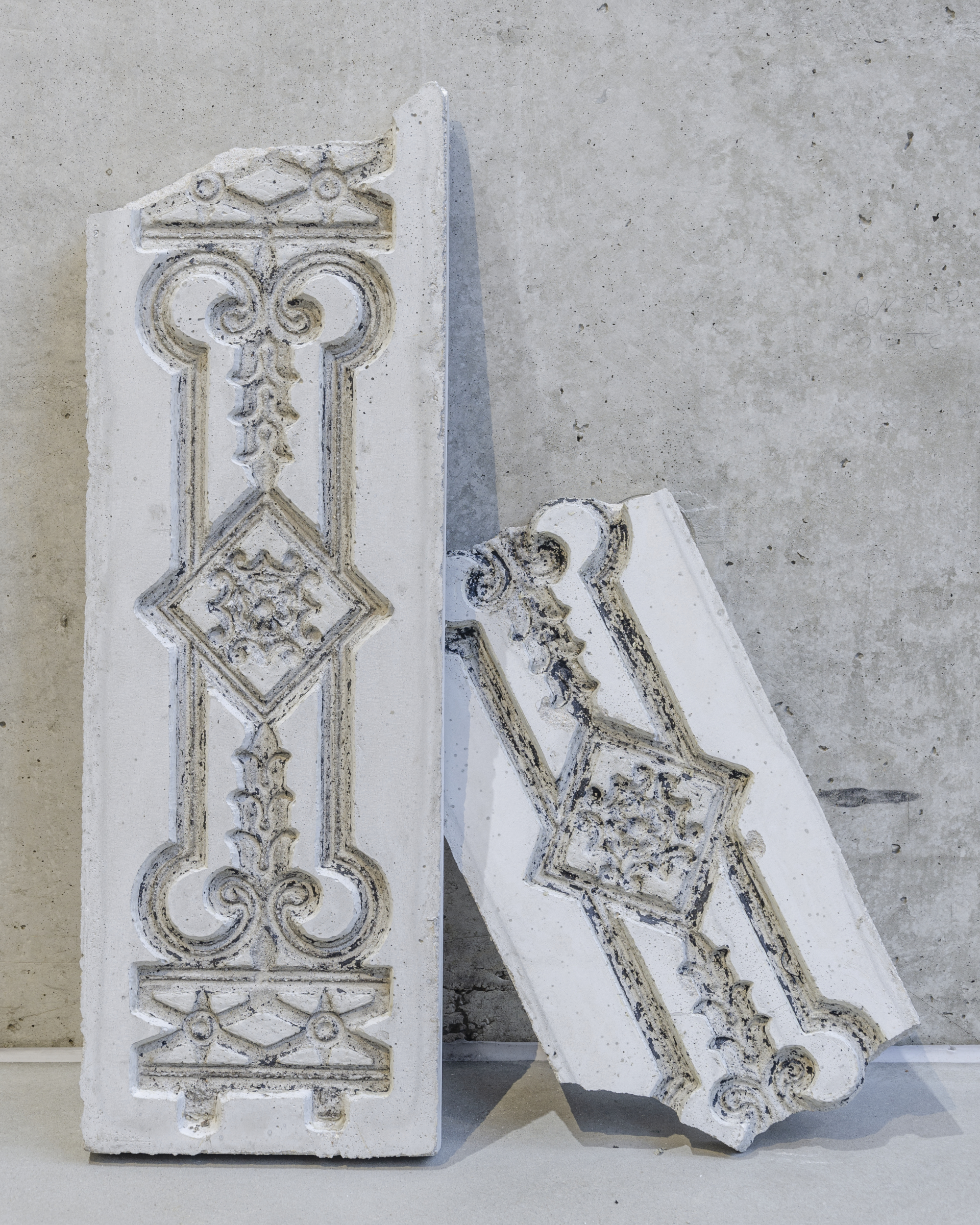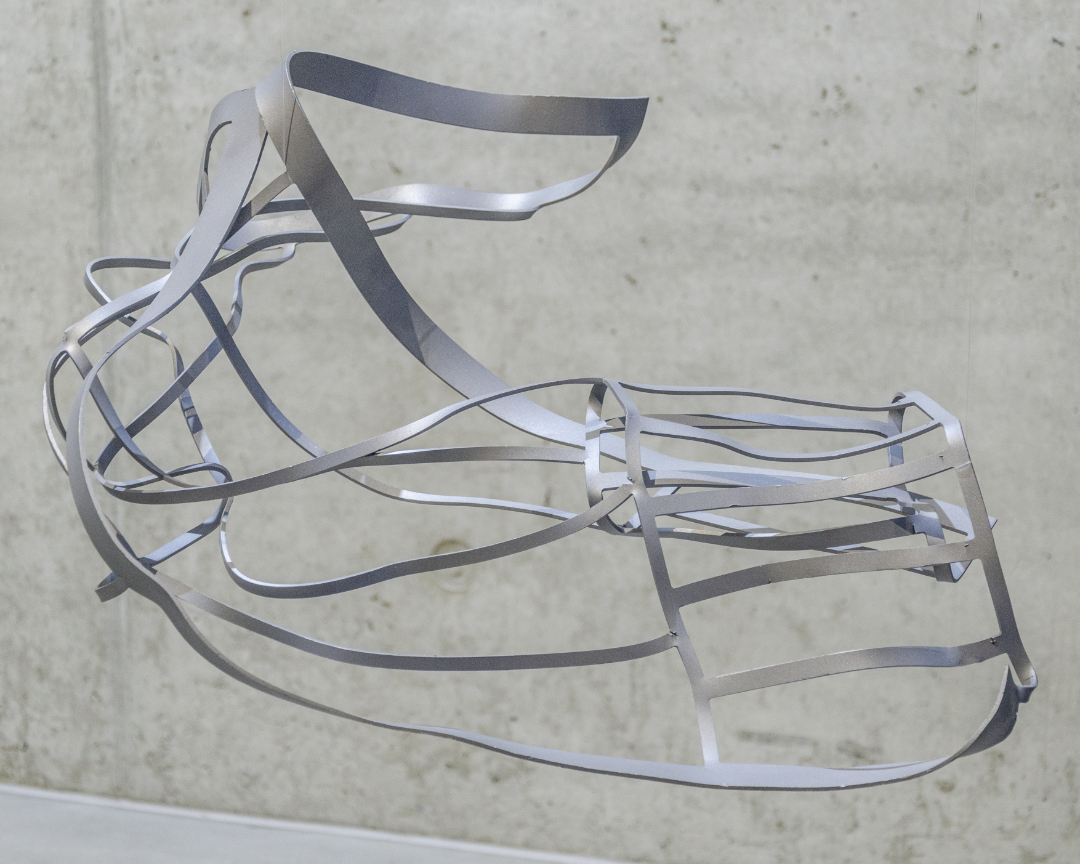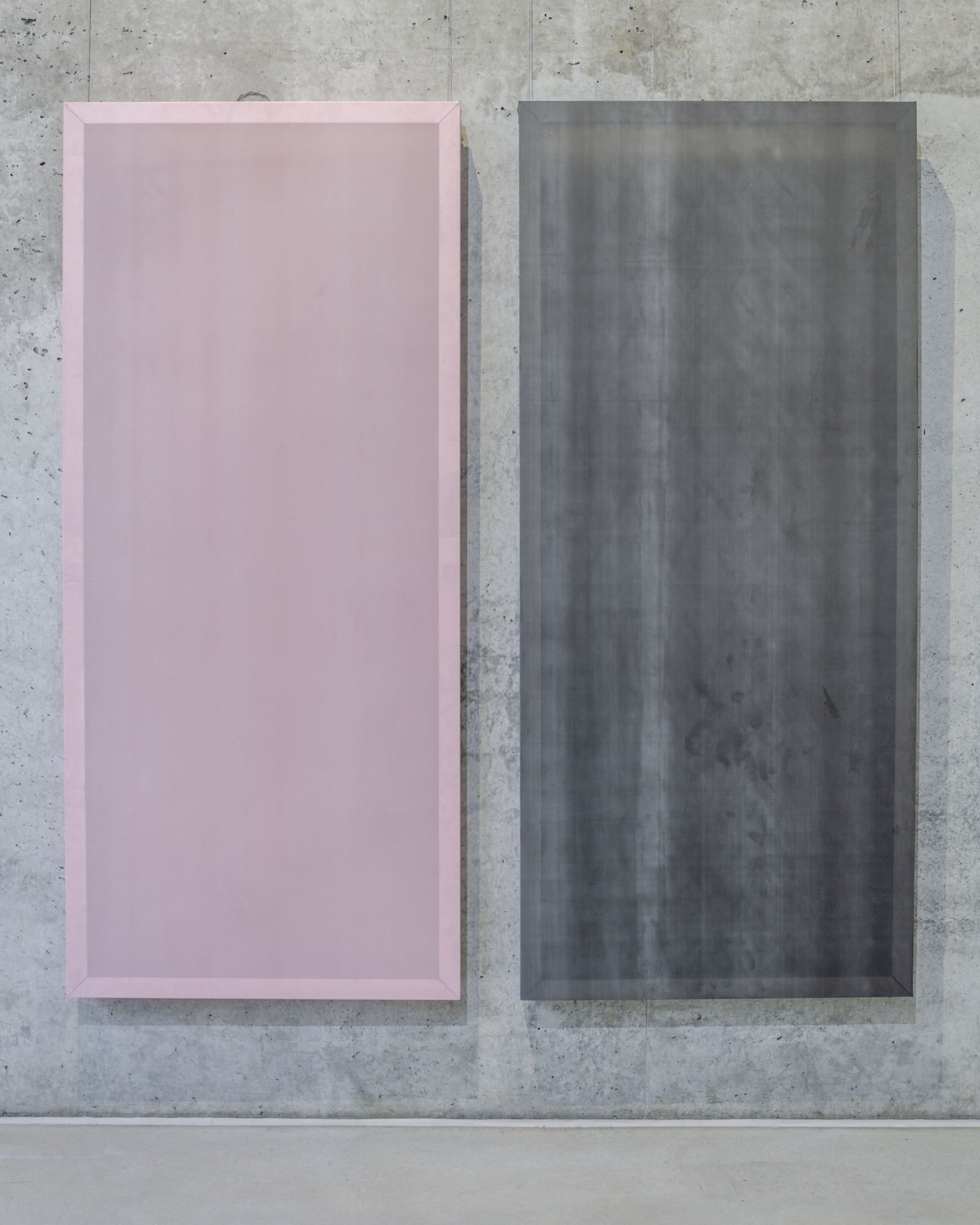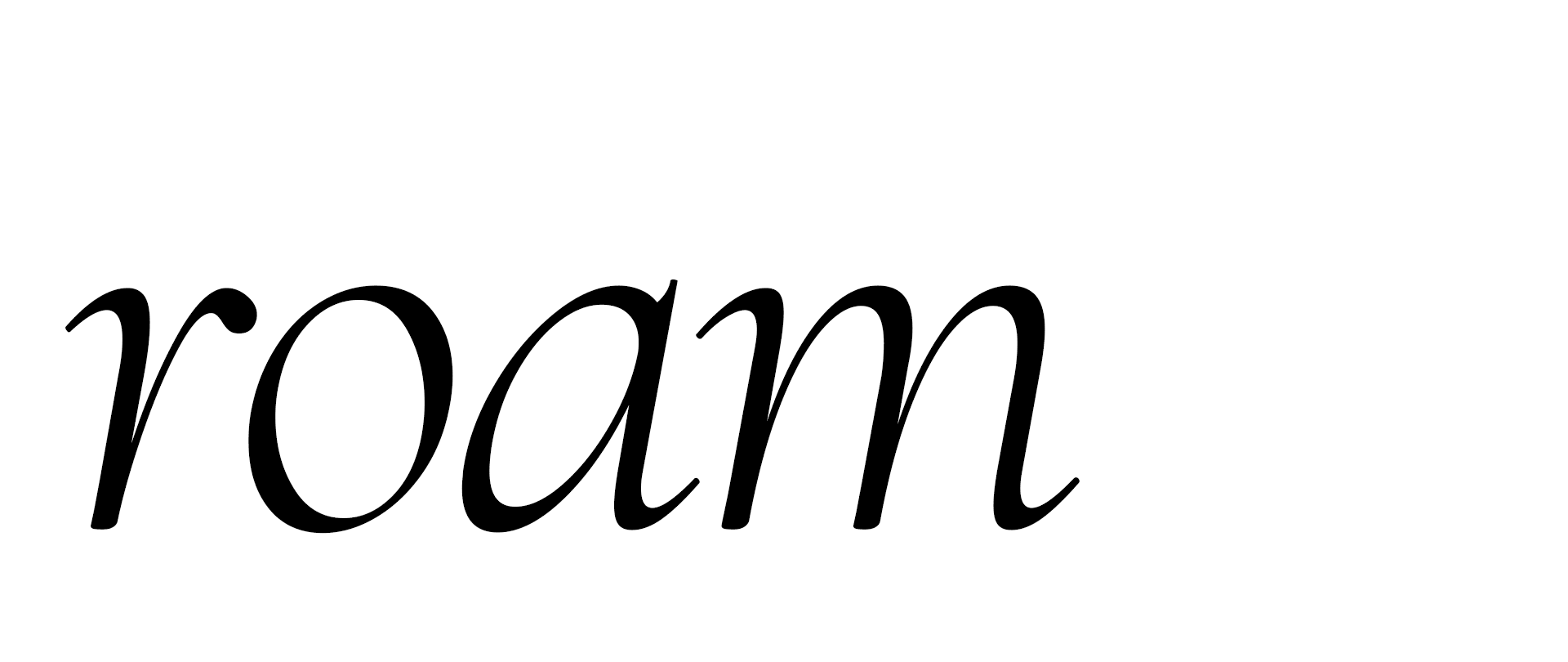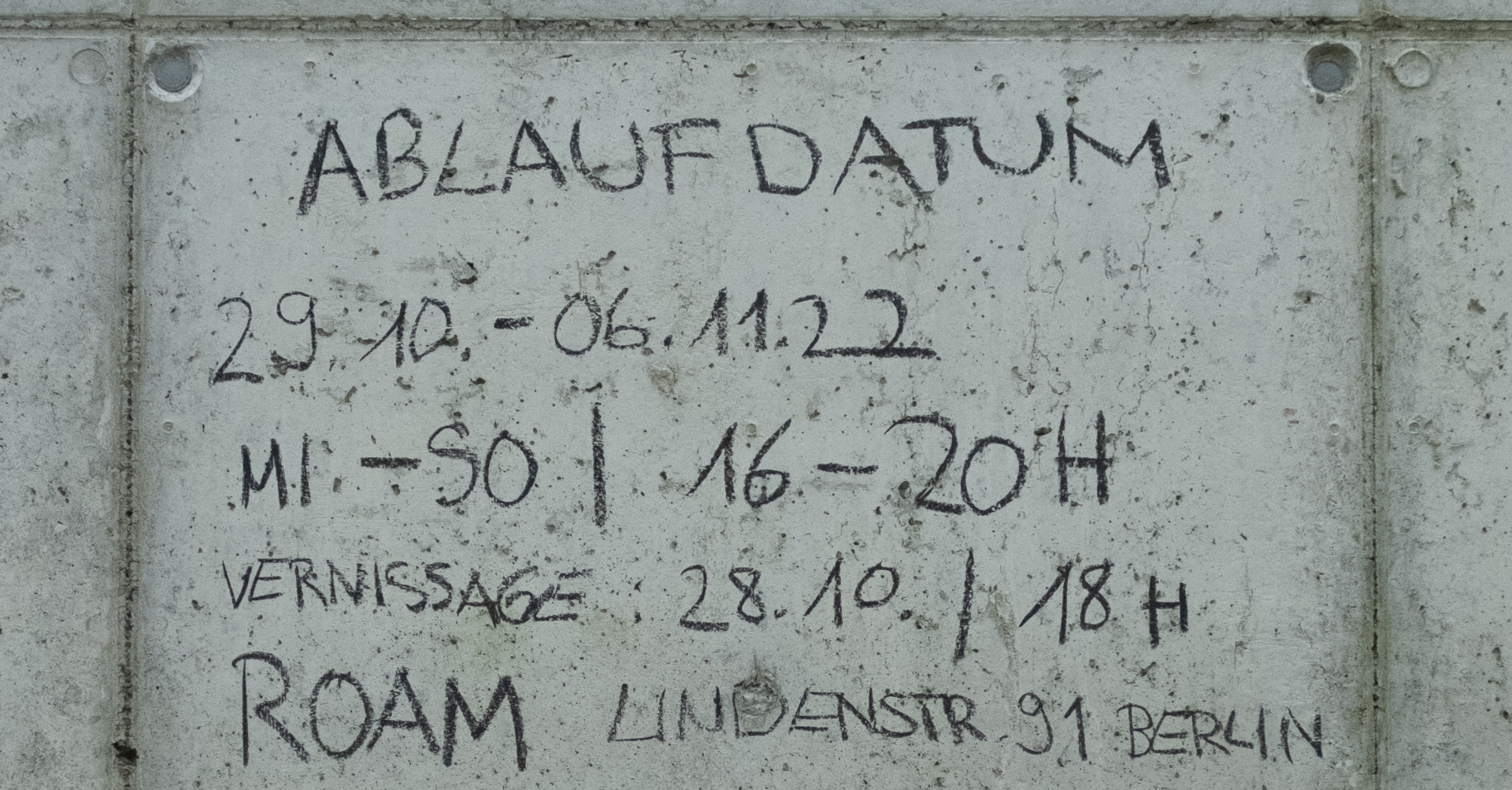
We are pleased to invite you to the exhibition “Ablaufdatum” by Nora Lube, Niklas Hock and Daphne Schüttkemper opening on 28th of October at roam.
Vernissage: 28.10.22, from 18 h
with band performance at 21 h (Lex Schnäbele, Carlotta Drinkewitz and Daphne Schüttkemper)
Open: 29.10-06.11.22, 16-20 h
Wednesday – Sunday
Artist talk: 02.11, 19 h
Sound performance: 06.11, 20 h (Niklas Hock)
roam
Lindenstraße 91, 10969 Berlin
Who decides what is preserved? How do we deal with personal decay?
We are surrounded by an aesthetic of perfection that obscures the ubiquitous state of dissolution. Humans strive to create things that last forever. Is that also an attempt to make ourselves durable in such a fast-moving time?
However, the changes in social conditions can also break with traditions and transform our togetherness.
How do we deal with decay and permanence and how do we evaluate these terms?
The exhibition in the roam Berlin seeks answers to these questions in different media of painting and sculpture, because for us, decay is a permanent condition that creates spaces.
Nora Lube, Niklas Hock and Daphne Schüttkemper are students of fine arts at the Hochschule für Bildende Künste Braunschweig from different classes.
Nora Lube’s works show a view from a possible future of her immediate surroundings. They are fossils from digital, urban and natural landscapes.
For the exhibition, found objects that were confronted with destruction and decay in their earlier existence are transformed in different ways.
As a ready-made, through a reworked surface up to their mere idea as a mold in glass, they are placed in a new context in the “roam” that opens up questions about their history and their meaning.
Daphne Schüttkemper’s work deals with royal symbols of domination and power that we encounter again and again in public space and the question of who determines their visibility. Can meanings be re-appropriated or completely dissolved?
The materials that make up Niklas Hock’s works are a dychtonomy of decay and question its control in the institutional context.
The industrial production of the materials
Brought to the fore with minimal editing.
The composition is based on the space and shaft through a transparent surface a doubling that reflects the industrial nature of the roam. A closer examination of the pictorial element reveals that the latex used is in a much faster state of decay than the concrete of the wall that sets the scene or the aluminum on which it is stretched.
*
Wer bestimmt was erhalten bleibt? Wie gehen wir mit persönlichem Zerfall um?
Uns umgibt eine Ästhetik des Perfekten, die den allgegenwärtigen Zustand der Auflösung verschleiert.
Menschen streben danach, Dinge für die Ewigkeit zu kreieren. Ist das auch ein Versuch, uns selbst in
einer so schnelllebigen Zeit haltbar zu machen?
Die Veränderungen gesellschaftlicher Zustände können jedoch auch mit Traditionen brechen und unser
Miteinander transformieren.
Wie gehen wir mit Zerfall und Beständigkeit um und wie bewerten wir diese Begriffe?
Die Ausstellung im roam Berlin sucht in unterschiedlichen Medien der Malerei und Bildhauerei
Antworten zu diesen Fragen, denn Zerfall ist für uns ein permanenter Zustand, der Räume kreiert.
Nora Lube, Niklas Hock und Daphne Schüttkemper sind Studierende der Freien Kunst an der Hochschule
für Bildende Künste in Braunschweig aus unterschiedlichen Fachklassen.
Nora Lubes Arbeiten zeigen den Blick aus einer möglichen Zukunft auf ihre unmittelbare Umgebung. Sie
sind Fossilien aus digitalen, urbanen und natürlichen Landschaften.
Für die Ausstellung werden gefundene Objekte, die in ihrem früheren Dasein mit Zerstörung und Verfall
konfrontiert waren in unterschiedlichen Weisen transformiert.
Daphne Schüttkempers Arbeit beschäftigt sich mit royalen Herrschafts- und Machtsymboliken, die uns
immer wieder im öffentlichen Raum begegnen, und der Frage, wer ihre Sichtbarkeit bestimmt. Können
Bedeutungen neu angeeignet werden oder sich ganz auflösen?
Die Materialien, aus denen Niklas Hocks Arbeiten bestehen, sind eine Dychtonomie des Zerfalls und
hinterfragen dessen Kontrolle im institutionellen Kontext.
Die industrielle Herstellung der Materialien
Wird durch minimale Bearbeitung in den Vordergrund gerückt.
Die Komposition ist hierbei an den Raum angelehnt und Schaft durch eine transparente Oberfläche eine
Doppelung die die industrielle Beschaffenheit des roam spiegelt. Dabei offenbart eine genauere
Auseinandersetzung mit dem bildgebenden Element das dass verwendete Latex sich in einem viel
schnelleren Verfall befindet als der Beton der Wand den es in Scene setzt oder das Aluminium auf dem es
aufgespannt ist.
